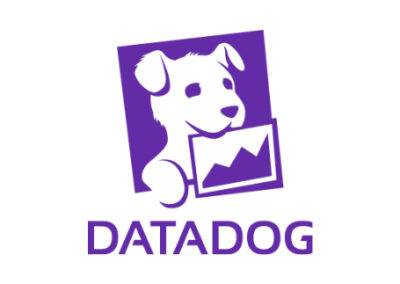
How to Categorize Enterprise VOIP Incidents | T2M
The start of enterprise VOIP incidents is always the beginning of a problem… A big, business-impacting problem.
Poor call quality won’t end your business, but it might impact client experience, and it will definitely be a time-consuming, frustrating process to fix if done incorrectly. That’s why it’s important to find a trustworthy VOIP enterprise vendor who will troubleshoot, diagnose, and fix issues before they impact your business.
What Causes Enterprise VOIP Incidents?
VOIP enterprise phone systems can experience a variety of common incidents, including poor call quality, sign-in issues, batch errors, and more. It is important to have a reliable service provider who can diagnose and remedy incidents quickly.
Why is it important to categorize incidents?
Incident categorization not only helps speed up the resolution process with greater accuracy, but it also provides a data set on known issues and problems. This gives insight into the VOIP enterprise phone system and how it is working alongside other systems.
Categorizing incidents provides a look ahead, enabling a proactive fix for common incidents before they become problems.
Symptoms vs. Diagnosis
Who enjoys diagnosing their business’ VOIP enterprise incidents?
In fact, most people aren’t able to diagnose, only describe the “symptoms.” But when a VOIP enterprise vendor asks about the issues a company is experiencing, they are usually asking for a diagnosis. Often, in that case, the diagnosis is either incomplete or inaccurate.
Common VOIP incidents may include:
- Poor call quality
- Sign-on issues
- Slow load times
- Batch job errors
Diagnostics are time-consuming, and many businesses do not have the resources to manage incident resolution full-time. However, many of the common “plug-and-play” integration programs also don’t have the resources to troubleshoot. This leaves IT and Telecom managers with a big job that may feel more like detective work than Telecom strategy.
Before you can diagnose an issue, you need to assess the symptoms. You wouldn’t expect a patient to tell their doctor what type of infection they have, but you would expect them to report symptoms such as a sore throat or fever. You can apply the same idea to Incident Management for VOIP enterprise phone systems. An office worker having a problem with their phone won’t know the correct terminology to diagnose the issue but can describe the problem they are experiencing, such as bad connections or static on the line.
Assessing symptoms, diagnosing issues, and applying a fix with no downtime is a full-time job and one that can only be done by an expert.
Symptom Assessment Leads to Incident Categorization
Once the symptoms are known, VOIP enterprise phone system incidents can be categorized. Proper incident categorization helps customers and service providers have a much more direct conversation about what parts of the voice services are working and which ones need improvement.
When each incident opened by a customer is properly categorized, there is an objective list of issue types and their frequencies. This can help determine opportunities for improvement that would be helpful to all clients.
At T2M, we also categorize incidents twice: once at the open and again at the close. This is because an issue may not be completely clear at the outset, but becomes clear through expert troubleshooting.
Once the symptoms are known, the Incident Loop can begin. This consists of asking the following questions, in order:
- What do we think is broken?
- How do we fix it?
- Did we fix it?
A data-driven Incident Loop creates greater efficiencies. When the Incident data shows the frequency of incidents along with common problems and solutions, the person fixing the problem can do so much faster, with fewer attempts and greater accuracy.
The Facts on Enterprise VOIP Incidents:
- VOIP enterprise phone system incidents can impact a business and be frustrating to fix.
- VOIP Incident categorization is key to solving issues efficiently and accurately.
- When a trusted VOIP vendor only asks for symptoms and does the troubleshooting offsite, positive results are faster and more efficient.














